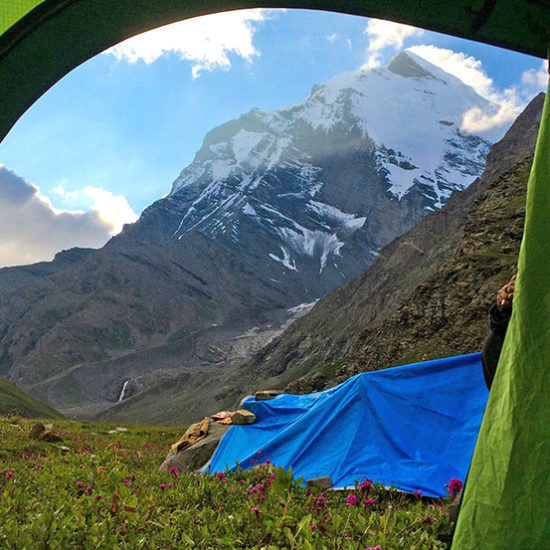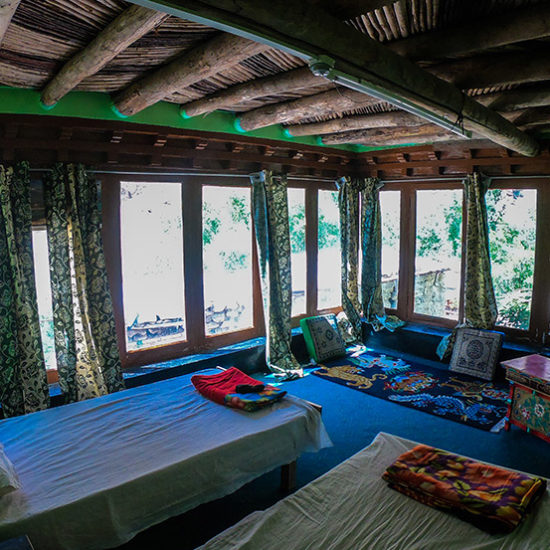Much has been written about Ladakh whether about its culture and landscape and there is plenty of information available online. But it has been mostly confined to Eastern and Central Ladakh (comprising of Leh District). Ladakh essentially comprises of two Districts namely; Leh and Kargil. Zanskar although it is an vast region own its own, officially it falls under Kargil District since its sparely populated. In this section, we are trying to throw some light on the lesser-known parts of Ladakh; Kargil and Zanskar (Western Ladakh). This is by no means an exhaustive source of information however, it is intended to give travellers a basic idea of the geography and culture, things to explore and how to get around in these regions. For more detailed information and travel planning please feel free to write to us.
WESTERN LADAKH – KARGIL & ZANSKAR
The western parts of Ladakh comprising several river valleys, drained and formed by the Himalayan tributaries of the high Indus, constitute Kargil District. Prominent among these are Suru and Zanskar, which lie nestling along the northern flank of the great Himalayan Wall; the lateral valleys of Drass, Wakha- Mulbekh and Chiktan constitute important subsidiaries.
This region once formed part of the erstwhile Kingdom of Ladakh in fact it is believed to be the first to be inhabited by the region’s early colonizers; the “Indo –Aryan Mons”. Form across the Great Himalayan range assorted the Dard immigrants from down the Indus and the Gilgit valleys, and itinerant nomads from the Tibetan highlands. Also, being contiguous with Baltistan, Kashmir, Kishtwar, etc, these valley are believed to have served as the initial receptacles of successive ethnic and culture influence emanating from these neighboring regions. Thus, while the Mons (a term loosely applied to identify all the people originating from across the great Himalayan wall thus indicating Kashmir, Kishtwar, Kuku, etc) are believed to have introduced north-Indian Buddhism. The Dard and Balti Immigrants are credited with the introduction of farming, and the Tibetan with the tradition of herding animal husbandry.
About 15,000 sq. kms in area, Kargil District has an agrarian population of approximately 150,000 people (Census, 2001), who cultivate the land along the course of the drainage system wherever artificial irrigation from mountain streams is possible. About 85% are Muslims mainly of the Shia persuasion, Islam having been introduced to the originally Buddhist population around the middle of the 16th century by missionaries from Kashmir and central Asia. Their descendants, popularly known as Agha, are mostly religious scholars who continue to hold the population, even as the age-old traditions of Buddhism and animistic origin are discernable in the sub-culture. Many elements with agricultural practices are still followed with subdued reverence.




